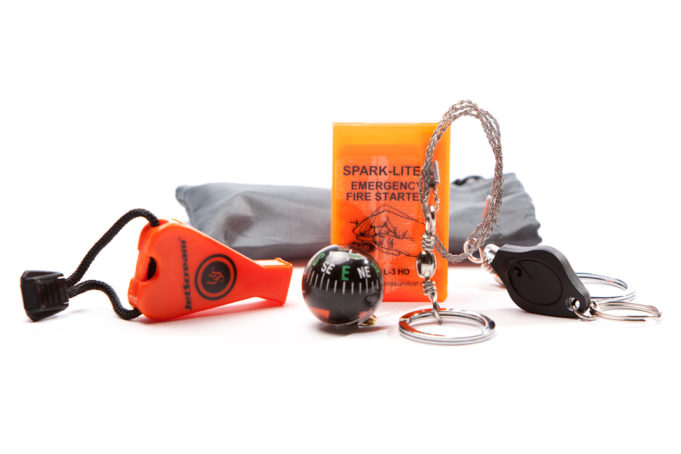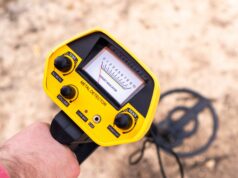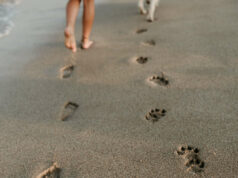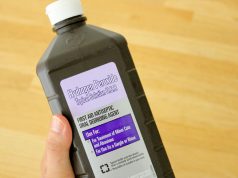A survival kit should be kept packed and ready to go in case of an emergency situation such as a natural disaster, or even for a hiking trip. Items such as foods that are selected for inclusion in survival kits should not need preparation before they can be used. The survival kit should be kept where it is quickly accessible if it is needed.
Types of Non-perishable Food For a Survival Kit
Non-perishable food should be at the top of the list when planning a survival kit. In case of a natural disaster or if one gets lost while on a camping or hiking trip, food will be needed that does not require preparation. Some recommended non-perishable food items include:
canned meat
canned vegetables
formula for babies
whole grain cereal
salt-free crackers
canned soup
dried fruits
Be sure to have at least one gallon of water per person for each day. According to cityofstafford.com, each person should have at least one gallon of water per day. A five day supply of food and water should be available.
Supplies For a Survival Kit
Bring along a flashlight already equipped with batteries. Other things in a survival kit should include extra batteries, pain medication, antibiotic cream, antacids, mosquito repellent; 45 SPF sunscreen, plain bleach, disposable plates, cups, plastic utensils, a map, and cash.
Cooking Utilities to include in a Survival Kit
A portable stove or grill that does not require electricity should also be in a survival kit. Purchase enough fuel to keep on hand. To prevent carbon monoxide poisoning, always use portable cooking devices only where ventilation is adequate. There should also be waterproof matches or lighters in the survival kit to start a campfire.
Personal Supplies
Personal supplies should include at least one month’s supply of prescription medications, copies of prescriptions, toilet paper, soap, rags, towels, bedding, sleepwear, clothing, disposable diapers for babies, and a rain coat.
Personal Documents For a Survival Kit
It is important that all personal documents be kept in a dry place. Place important documents in a waterproof container. Documents such as social security cards, home insurance, and identification papers should be locked securely in a waterproof container.
Emergency Supplies for Earthquake Survival
According to Centers for Disease Control and Prevention, to prepare an emergency supply kit for after an earthquake, start by packing emergency supplies in a tool box. The first aid supply kit should include hydrogen peroxide, alcohol swabs, antibiotic cream, diarrhea medicine, eye drops, pain medication, dressing, bandages, rolled gauze, cotton-tipped swabs, and adhesive tape roll.
Home Survival Kit
A survival kit should should also include tools and supplies such as a shovel, broom, screwdriver, hammer, pliers, adjustable wrench, rope, tape, and plastic sheeting. Other safety items include candles, waterproof matches, knife, gloves, shoes, tents, blankets, and sleeping bags.


















